Think your fridge is a mysterious land of possibly expired food? You’re not alone!
Most of us play the guessing game—sniff, squint, and hope for the best—before yeeting questionable leftovers into the trash.
But what if you’ve been tossing perfectly good food too soon? Let’s break down how long 25 common fridge dwellers actually last before they turn into science experiments.
1. Eggs
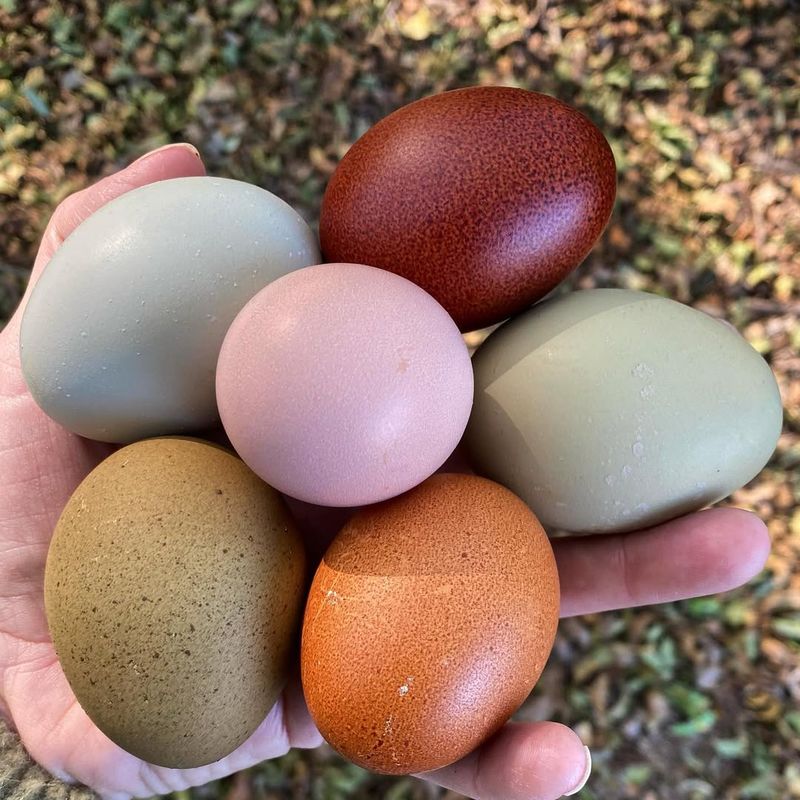
You’ll be ecstatic to hear that eggs may be stored in the refrigerator for up to four weeks if you share my fondness for them. Check the expiration date frequently since freshness is still crucial.
To determine their edibility, the float test is a useful tool. Just drop an egg into water; it’s still fine if it sinks.
2. Milk

Where does milk fit into all this? Typically, milk stays fresh for about a week past its sell-by date. Keep it in the fridge door to extend its life. Be mindful of its smell and consistency.
Hence, if it starts smelling sour or curdling, it’s time to discard. Stay alert to enjoy your cereals.
3. Butter

How long can butter survive in your fridge? Approximately two months. Its creamy consistency remains intact within this timeframe. Store it in its original packaging.
Though, exposure to air can reduce its quality. If mold appears, better discard it. Butter enhances flavors, so preserving it is essential to culinary happiness.
4. Cheese

Cheese aficionados will discover, however, that their favorite treat lasts for around six weeks. Cheddar and other hard cheeses have longer shelf lives. If mold develops, just clip it off.
How is the quality of cheese preserved? Hold it securely wrapped. You’ll enjoy every delicious bite till the last crumb if you do this.
5. Yogurt

Though yogurt typically remains good for two weeks, its tangy flavor might change. It’s wise to store it in its original container. And yet, if you notice liquid separation, simply stir it back.
However, if it smells off, it’s best to toss it. Yogurt can elevate breakfast, so keep it fresh.
6. Fish

Fresh fish, such a delectable treat, lasts two days in the fridge. Afterward, it loses flavor and may spoil. Ensure it’s wrapped well to prevent odors from spreading.
If you wish to preserve it longer, freezing is the best option. Remember, freshness is key when it comes to enjoying seafood.
7. Chicken

A common culinary staple, chicken keeps for around two days. How do you determine whether it’s still good? Look for any unpleasant smells. Keep it in a sealed container at all times.
Although freezing prolongs its shelf life, make sure to boil it properly. Chicken should always be handled carefully since food safety should never be compromised.
8. Beef

In this list, where does beef stand? Freshness for three to five days. Throw it away if it looks or smells strange. The finest flavor comes from fresh meat, although freezing is also an option.
Take note of its texture and color. Therefore, beef becomes a delicious complement to your meals when stored properly.
9. Pork

Surprisingly, pork may be stored in the refrigerator for up to five days. During this time, it maintains its softness. It’s best to throw away anything that has a slimy feel or an unpleasant smell.
As a result, freezing greatly increases its lifespan. Enjoy dishes that are tasty and cooked fully. Pork becomes a flexible protein option when stored properly.
10. Bacon

If bacon is your breakfast favorite, you’ll be happy to know it lasts a week. Keep it wrapped tightly to prevent spoilage. How can you extend its life further?
Freezing works wonders. However, if a foul smell arises, it’s time to discard. Bacon adds a crispy touch to many dishes.
11. Lunch Meat

However, preservatives make lunch meats last around two weeks. Always inspect for slime or strange smells because its freshness might vary. In what location should they be kept?
The refrigerator drawer is perfect. They live longer when frozen. Savor sandwiches made with fresh ingredients as a result. Good storage guarantees that every morsel stays delectable.
12. Lettuce

A mainstay of salads, lettuce keeps for around a week. It quickly wilts when exposed to air, so keep it in a crisper drawer. How can you be certain it’s still good? Freshness is shown by crisp leaves.
But throw it out right away if it gets slimy or discolored. Excellent greens provide color and nutrients to salads.
13. Broccoli
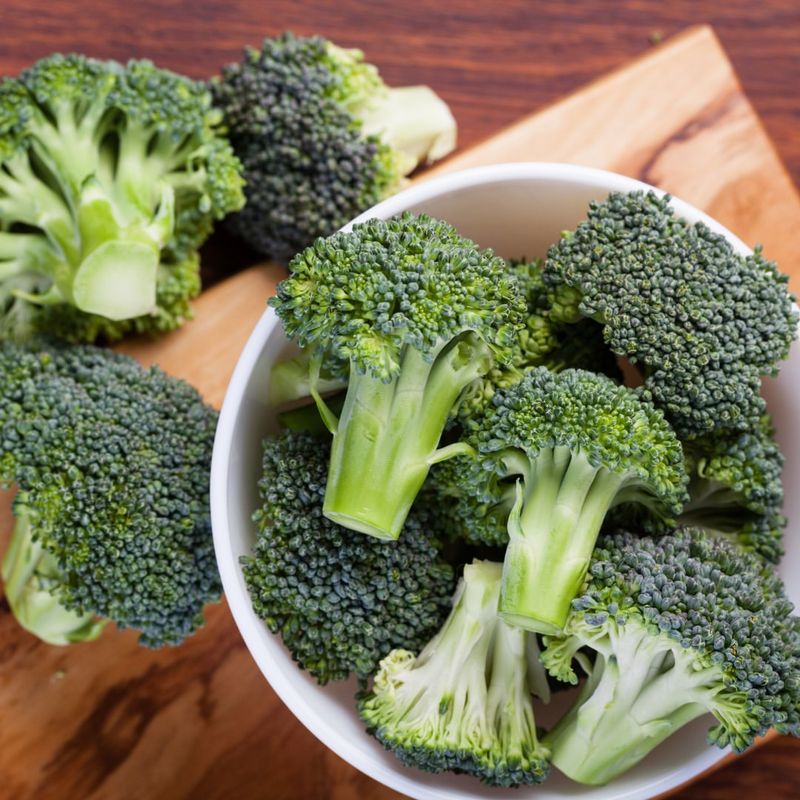
Broccoli, resilient and nutritious, lasts up to a week. Keep it in a crisper drawer to maintain its crunchiness. If yellowing occurs, it’s best to consume soon.
Hence, proper storage preserves its nutrients. Whether steamed or roasted, broccoli adds a delightful crunch to any dish. Enjoy it at its freshest.
14. Carrots

The colorful roots of carrots can remain for up to a month. To keep them as fresh as possible, keep them in a crisper drawer. Throughout, they keep their crunch and sweetness.
It’s time to bid them farewell if they become rubbery. As a result, their vivid color and flavor complement soups and salads. Carrots are quite resilient.
15. Tomatoes

Tomatoes keep well in the refrigerator for up to a week when ripe, but they are best at room temperature. It’s time to utilize them in sauces if they get too tender.
Keep an eye out for any indications of spoiling. In what location ought they should be kept? A refrigerator shelf is ideal. Fresh tomatoes’ juiciness enhances every meal.
16. Apples

Apples, delightfully crisp, last up to six weeks. They thrive in the fridge drawer. If you spot any bruises, use them quickly. How do you keep them fresh? Proper spacing prevents bruising.
Hence, apples are a versatile fruit, perfect for snacking or baking. Their longevity makes them a valuable fridge item.
17. Grapes
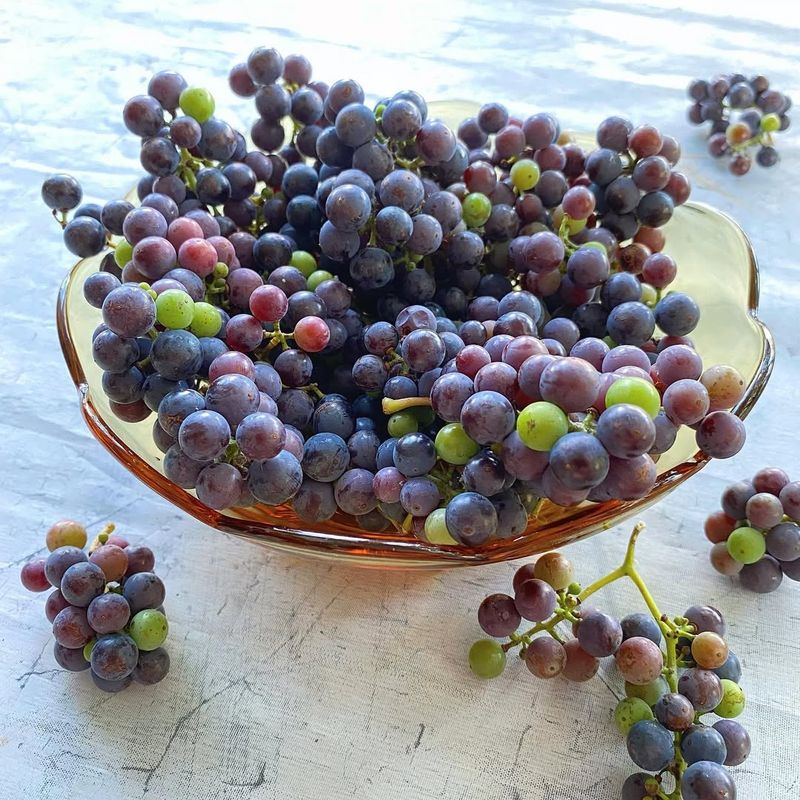
The delicious bunches of grapes have a two-week shelf life. Store them in the crisper drawer of the refrigerator. Relish them right away if they begin to shrivel. How may their freshness be prolonged?
Wait until you’re ready to eat before washing. As a result, grapes offer a sweet treat that is ideal for salads or as a snack. Appreciate their bright taste.
18. Bananas
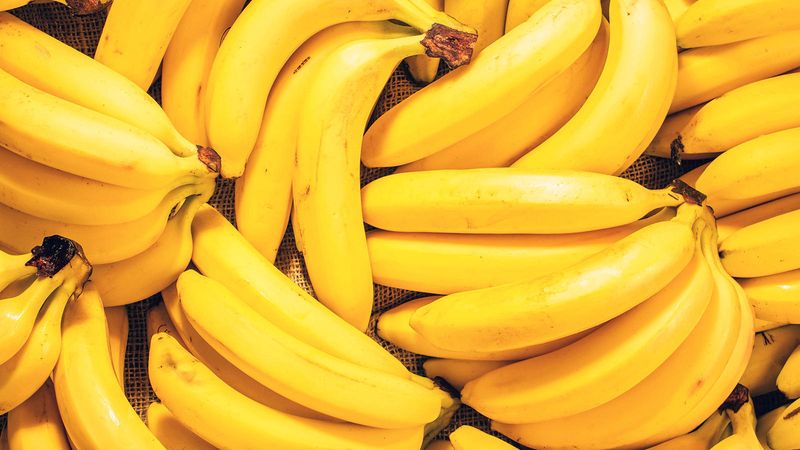
Bananas, despite popular belief, last longer in the fridge once ripe. They endure for about a week. How can you tell if they’re good? Yellow skins with some brown spots indicate ripeness.
However, overly soft or mushy bananas should be used for baking. Their natural sweetness enhances smoothies and desserts alike.
19. Oranges

Where do oranges fit into this? They last about three weeks in the fridge. Their vibrant color remains unchanged during this period.
If they feel soft or develop spots, they’re past their prime. However, proper storage extends their life. Oranges, with their citrusy goodness, brighten any meal or snack.
20. Lemons
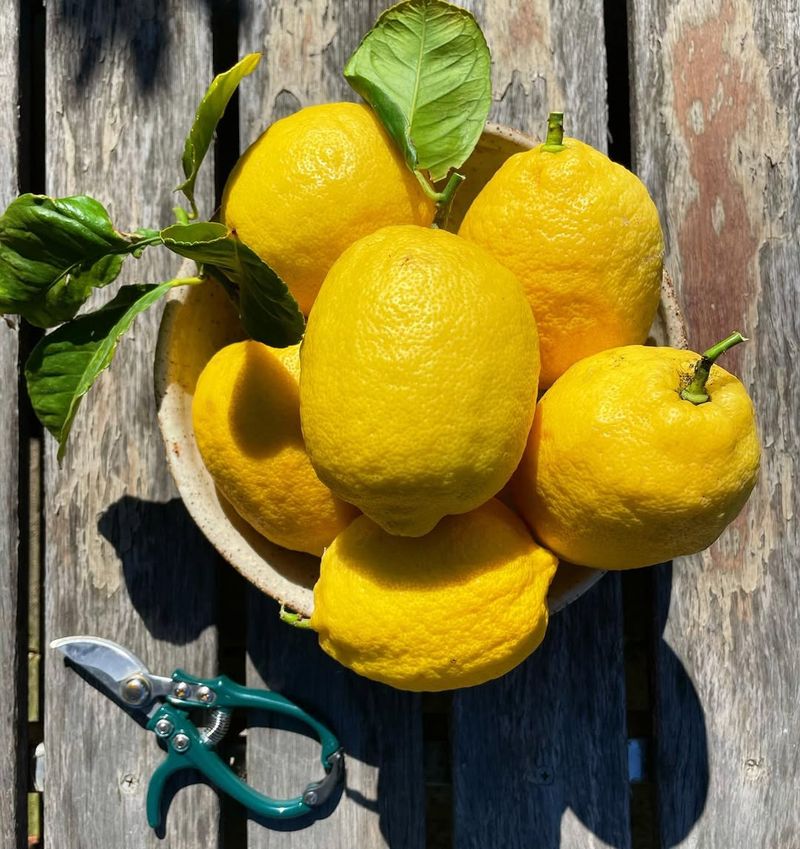
Those tangy fruits, lemons, last for more than a month. To keep them as fresh as possible, store them in a refrigerator drawer. Use them or throw them out if they get too soft. In what ways do they improve food? They enhance tastes with their tart juice.
Lemons are therefore still a necessary ingredient in the kitchen and may be used to make dressings or to garnish a wide range of dishes.
21. Avocados

Once mature, avocados, those luscious treats, keep for around a week. To delay the ripening process, keep them in the refrigerator. How do you know whether they’re flawless?
It feels a little supple to the touch. If it’s mushy, guacamole is in order. But they add a rich texture to salads and toast. Avocados have a buttery flavor that elevates foods.
22. Cucumbers
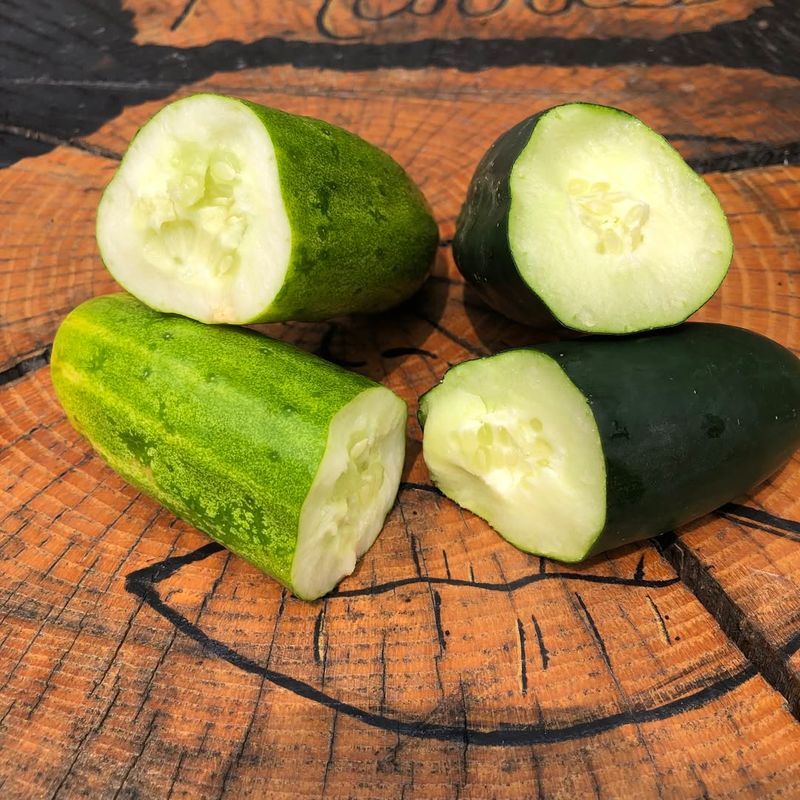
Cool and pleasant, cucumbers keep for a week or so. To keep them crunchy, keep them in a refrigerator crisper drawer. Use them right away if they start to go mushy.
In what ways do they improve food? Their crunch gives sandwiches and salads texture. Cucumbers are therefore a delicious complement to any dish.
23. Spinach

The leafy greens like spinach have a shelf life of around a week. To preserve freshness, store in a refrigerator drawer. Eat the leaves right away if they wilt.
How can they be kept fresher for longer? To prevent moisture accumulation, place a paper towel inside the container. As a result, spinach’s rich nutritional profile and vivid color complement meals.
24. Peppers

Peppers, colorful and crunchy, last up to two weeks. They thrive in the fridge drawer. If wrinkling occurs, use them soon. How do they enhance meals?
Their sweetness and crunch add flavor to any dish. Hence, peppers are a versatile ingredient, perfect for stir-fries, salads, and more. Keep them fresh and vibrant.
25. Mushrooms
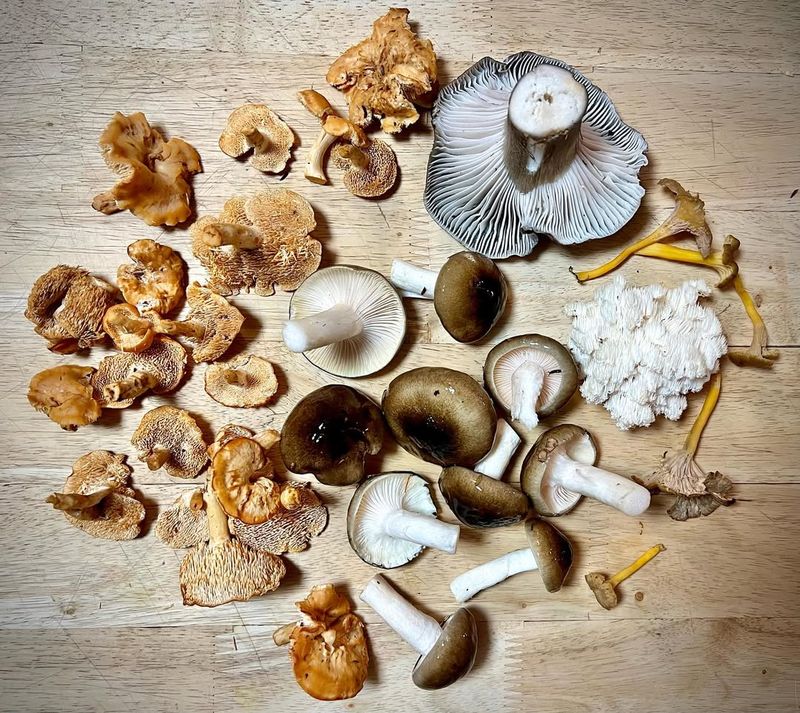
A week or so is how long the tasty, earthy mushrooms endure. Keep in the refrigerator drawer in a paper bag. It’s time to bid them farewell if they start to get slimy.
But their umami flavor enhances food. Because they have a deep, rich taste, mushrooms are therefore ideal for soups and sautés. For a delicious meal, keep them fresh.

